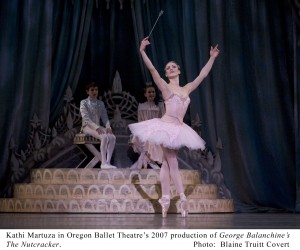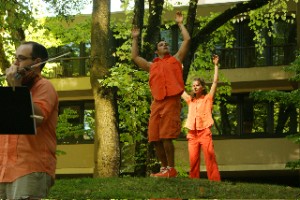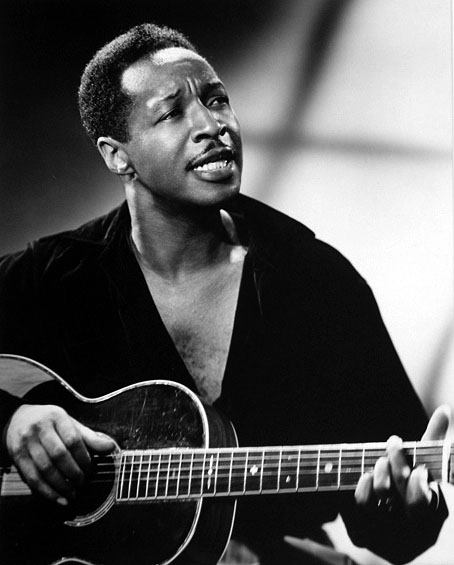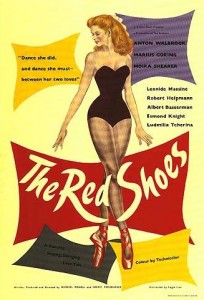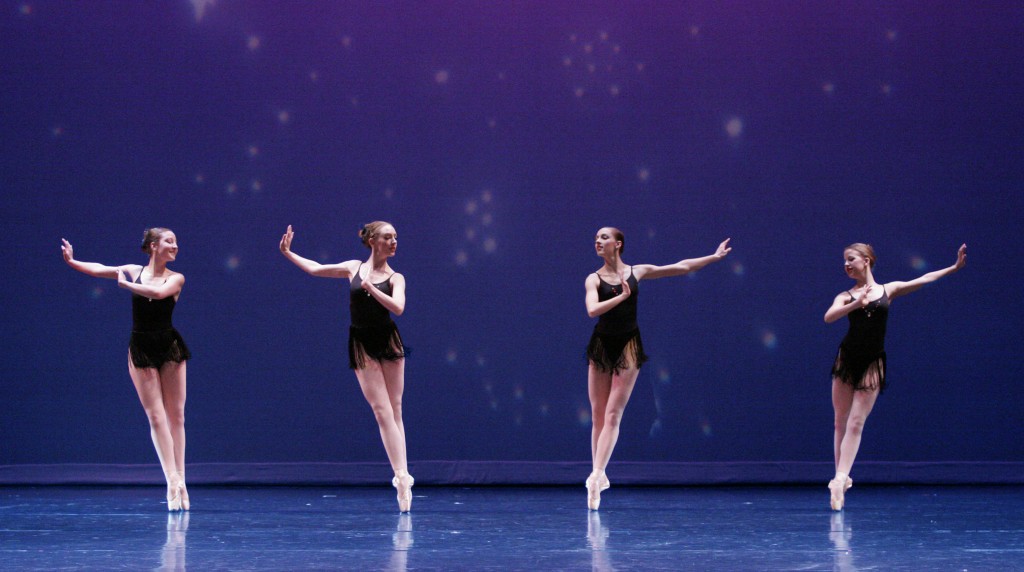
Dance passes from generation to generation: style, technique, muscle memory, handed down from experienced dancers to those just learning the art and craft. In Portland, no one’s observed this process more carefully than Art Scatter’s friend and associate Martha Ullman West, a distinguished national dance critic who has recently been keeping her eye on the spring spate of performances showing off the skills of young dancers at several of the city’s dance schools. Here is her report:
************************************************************
By MARTHA ULLMAN WEST
“Twas in the merry month of May, when green buds they were showing,” begins that lovely folk song Barbara Allen, referring to the kind of verdant spring we are finally enjoying in Portland.
But green buds showing also applies to young dancers — the students who show what they can do in school performances designed to showcase their talents and their training — and I’ve been a happy member of the audience at three of them in the last couple of weeks.
My first stop was an open dress rehearsal at Portland Ballet Academy, out on Capitol Highway, on April 30. The school, founded in 2001 by Nancy Davis and Jim Lane, both former dancers who trained at the School of American Ballet and elsewhere, provides professional training for ballet dancers, and some of their former students are now performing with such companies as Pacific Northwest Ballet and Houston Ballet. Like everything else, PBA has been hit by the recession, but few people are more creatively resourceful than dancers in hard times, and they converted their main studio into a perfectly respectable black box theater to showcase their students as professionally as possible.
I am invariably impressed by how well trained PBA’s male students are, and this year was no exception. In a Cliff Notes version of Act I of Don Quixote, adapted by faculty member Jason Davis, the enthusiasm of all the dancers was infectious and the dancing of Henry Cotton and Skye Stouber, both headed this year to the School of American Ballet’s summer program on full scholarship, was exuberant and correct. Generally speaking I would rather watch Dick Cheney sneer than have to sit through this swaybacked, spavined war horse again in any version, yet I enjoyed this performance mightily because — and here’s the test for very young dancers — the performers were having a blast.
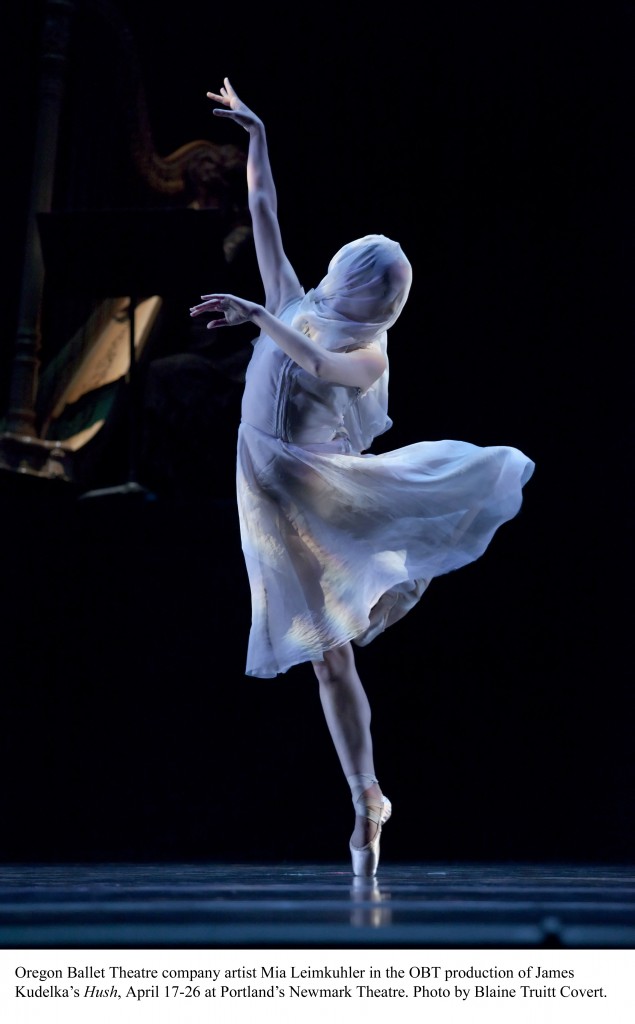
 Yes, charmed. And I thought, this is policymaking outside the channels of policy. Here, in Obama, is a man utterly at ease inside his own skin. That’s why people respond to him. Because he’s comfortable with himself.
Yes, charmed. And I thought, this is policymaking outside the channels of policy. Here, in Obama, is a man utterly at ease inside his own skin. That’s why people respond to him. Because he’s comfortable with himself.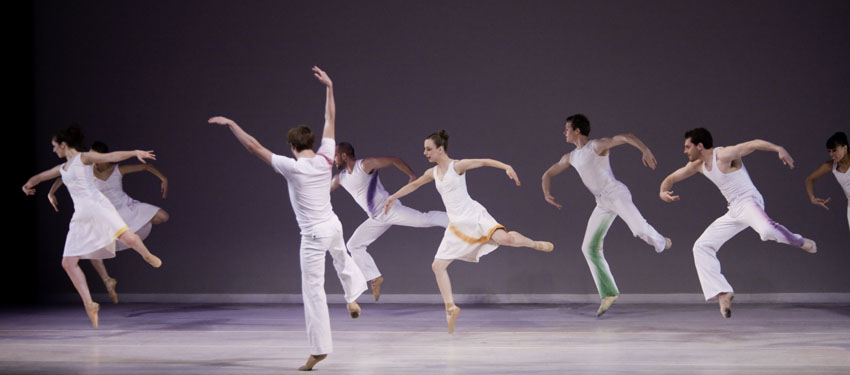
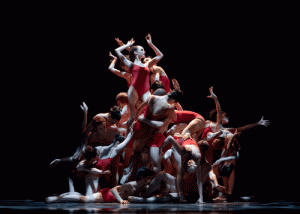 God knows Stravinsky’s 1912 Sacre du Printemps, played brilliantly here in its two-piano version by Carol Rich and Susan DeWitt Smith, is structured. Its lyrical beginning builds to a pounding crescendo in music that is still startling for its highly stylized brutality.
God knows Stravinsky’s 1912 Sacre du Printemps, played brilliantly here in its two-piano version by Carol Rich and Susan DeWitt Smith, is structured. Its lyrical beginning builds to a pounding crescendo in music that is still startling for its highly stylized brutality.

